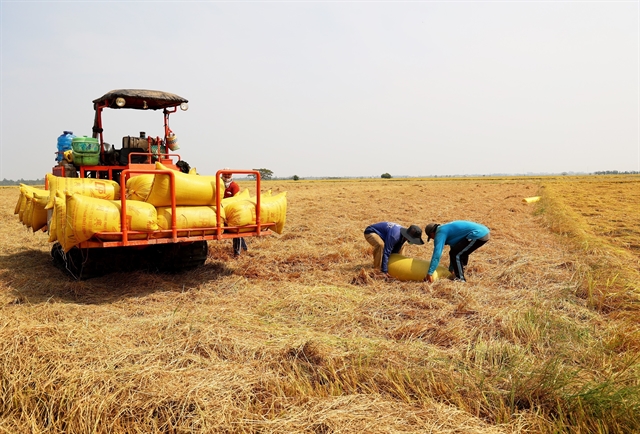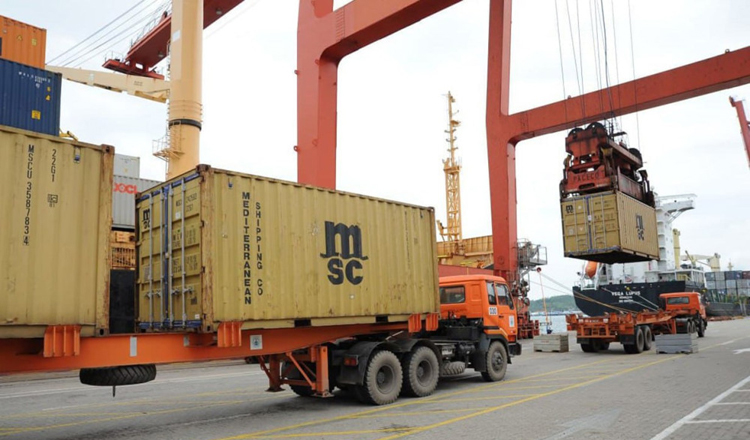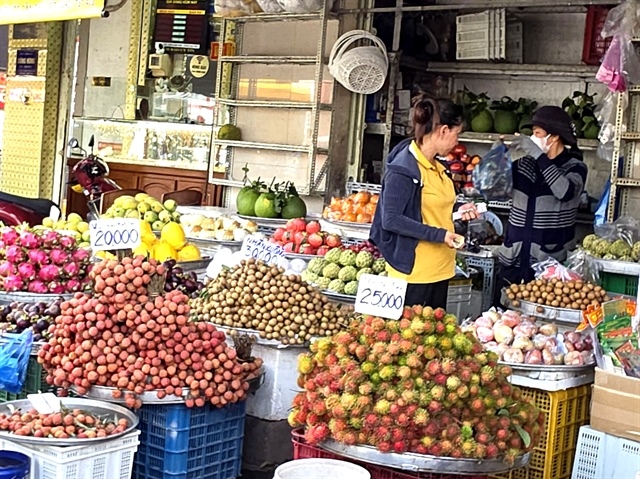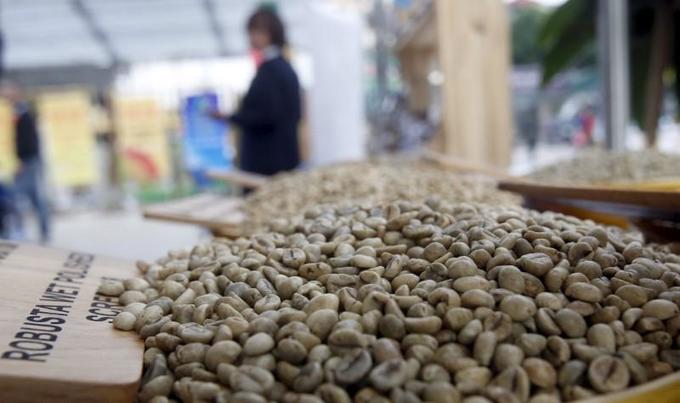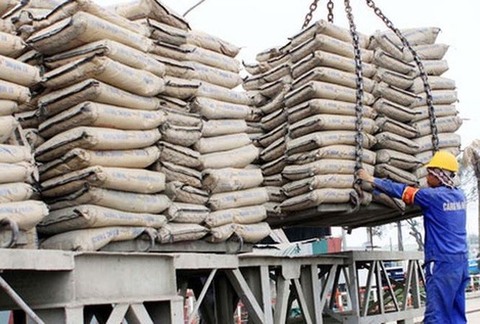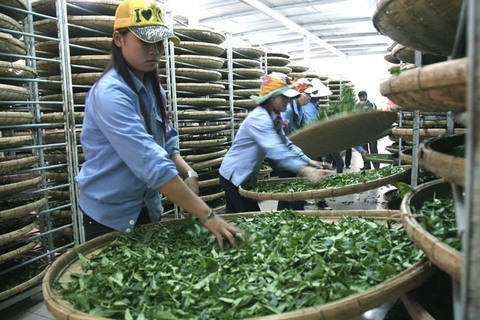S Korea largest export market for Vietnamese squid and octopus
S Korea largest export market for Vietnamese squid and octopus
The Republic of Korea (RoK) was the largest export market for Vietnamese squid and octopus last year, accounting for 40 per cent of the total value, according to the Viet Nam Association of Seafood Exporters and Producers (VASEP).
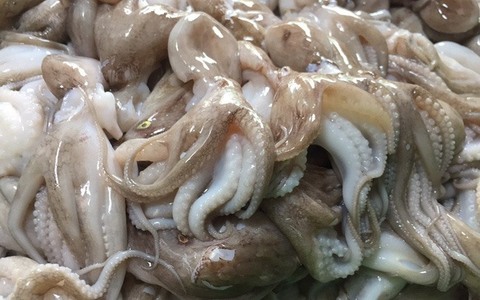
In 2018, the export value of squid and octopus to RoK increased by 23.7 per cent to US$269.8 million.
It recorded the highest growth rate in the top seven largest import markets for Vietnamese squid and octopus. Consistent demand for consumption and advantages in tariffs from the Vietnam-Korea Free Trade Agreement (VKFTA) helped maintain steady export growth.
Viet Nam gained a year-on-year increase of 8.3 per cent to $672.3 million last year from exports of squid and octopus, according to the association.
The export value of those products to Japan and ASEAN last year increased by 4 per cent and 15 per cent respectively compared to 2017.
Meanwhile, the EU, the third largest export market for squid and octopus, accounting for 12.4 per cent of the total, had a drop of 21.7 per cent year-on-year in export value to $83 million. The reduction was due to the European Commission (EC) imposing a yellow card warning on Vietnamese seafood for failing to make progress in fighting illegal, unreported and unregulated (IUU) fishing.
Exports to three main markets in the EU - Italy, Spain and France - fell by 30 per cent, 8.3 per cent and 1.2 per cent year-on-year respectively.
Without the yellow card warning, Viet Nam achieved a growth rate of over 50 per cent year-on-year for squid and octopus exports to the EU market in 2017, according to the association.
In 2018, Viet Nam mainly exported live/fresh/frozen squid and octopus products, accounting for 67 per cent of the export volume, while processed products accounted for 33 per cent.
This year, the export value of squid and octopus is expected to be similar to 2018. The fisheries industry, including squid and octopus, would implement solutions to remove the yellow card to create a good psychology for importers, the association said.
VASEP general secretary Truong Dinh Hoe said this year the fisheries industry would have a great opportunity to increase exports because global consumption of seafood was likely to increase.
By 2020, consumption was forecast to increase to 98.6 million tonnes in developing countries and 29.2 million tonnes in developed countries, while supply was estimated to reach only 78.6 million tonnes, according to Hoe. This was a great opportunity for Viet Nam if its products met global quality standards.
In addition, when FTAs took effect, local businesses would benefit from the removal of tariff barriers.
"We forecast that this year, the fisheries industry’s total export value will reach around $10 billion, growing 10-15 per cent year-on-year," Hoe said.
To achieve this goal, Hoe said the industry would focus on developing exports to important markets such as the EU, US, Japan and South Korea and control seafood quality to increase product value.


